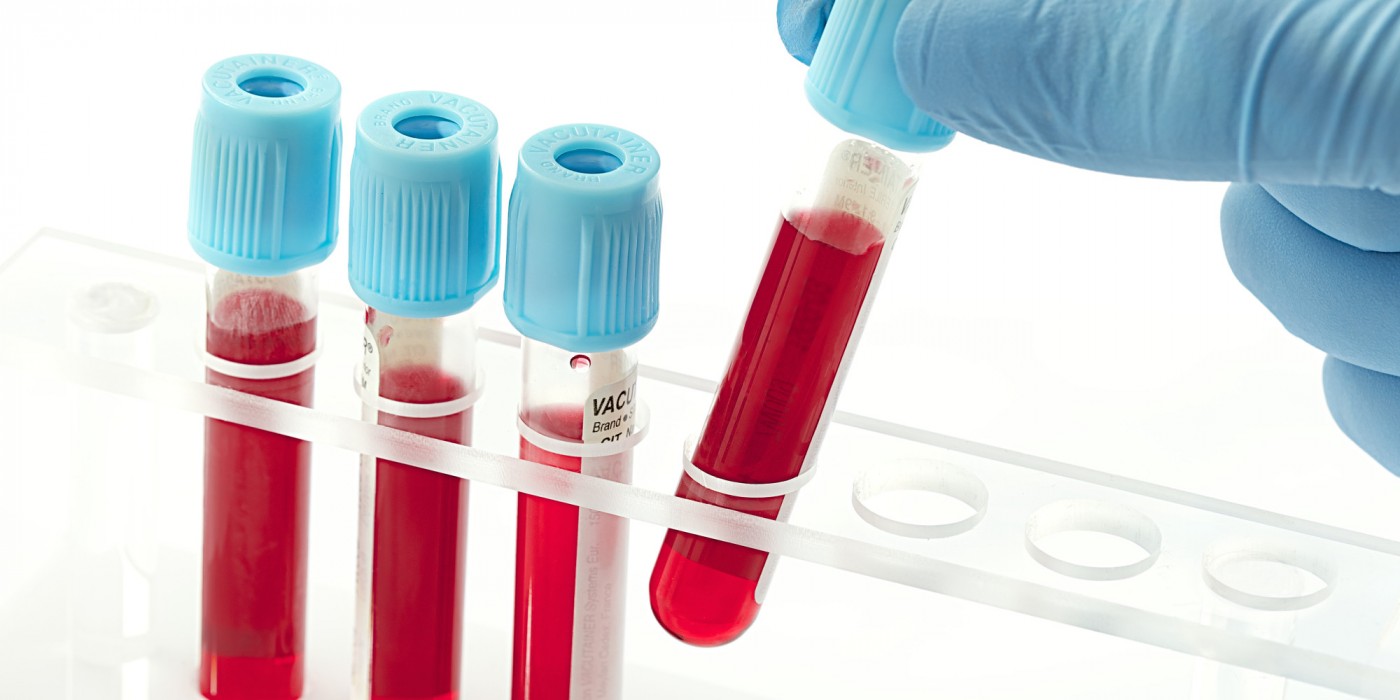Researchers from Emory University identified a new group of long-lived antibody-producing cells in human bone marrow that function as an immune archive, which may carry implications for future research on rheumatoid arthritis. The study entitled “Long-Lived Plasma Cells Are Contained within the CD19−CD38hiCD138+ Subset in Human Bone Marrow” was published this July in Immunity.
The body has a catalogue of cells that seem to represent the “historical report” of the interactions between the immune system and infections like measles or mumps viruses occurring during childhood. The vaccine for measles and mumps became accessible in the 1960s. Antibody responses to viral infections are sustained for decades by long-lived plasma cells (LLPCs), however, LLPCs have not been so far characterized in humans.
The research team studied 11 individuals with ages between 43 and 70, which were not immunized against measles or mumps, but had antibodies in their blood indicating infection by viruses during infancy. The half-life of antibodies in circulation was only of few weeks suggesting that these individuals had long-lived plasma cells, or white blood cells secreting antibodies from infections occurring during infancy. The researchers analysed bone marrow samples from these individuals and divided plasma cells into four different subsets based on the proteins found on their surfaces. Among the various subsets of cells only the “subset D” (CD19-, CD38high, CD138+) produced antibodies and reacted against measles or mumps virus. By opposition cells producing anti-influenza antibodies were found in all three subsets of cells probably because the individuals performed recently the influenza annual vaccination or infection. These observations led researchers to hypothesize that cells specific to recent exposures can exist in several subsets while subset D consist of long-lived plasma cells.
The present study may contribute for future research on autoimmune diseases such as lupus erythematosus or rheumatoid arthritis by better characterizing the cells that produce auto-reactive antibodies.
“If you’re developing a vaccine, you want to fill up this compartment with cells that respond to your target antigen,” said co-senior author Dr. Eun-Hyung Lee, in the news release. “I like to call this group of cells the ‘historical record’ of infection or vaccination,” he added.


